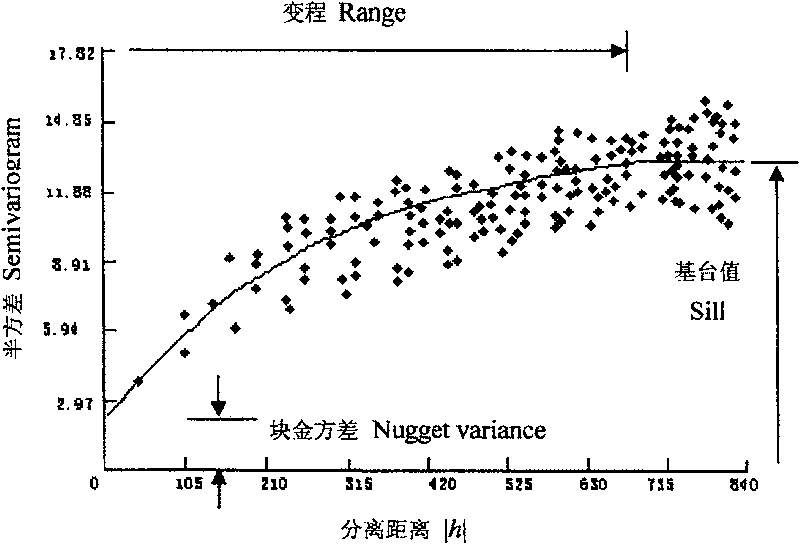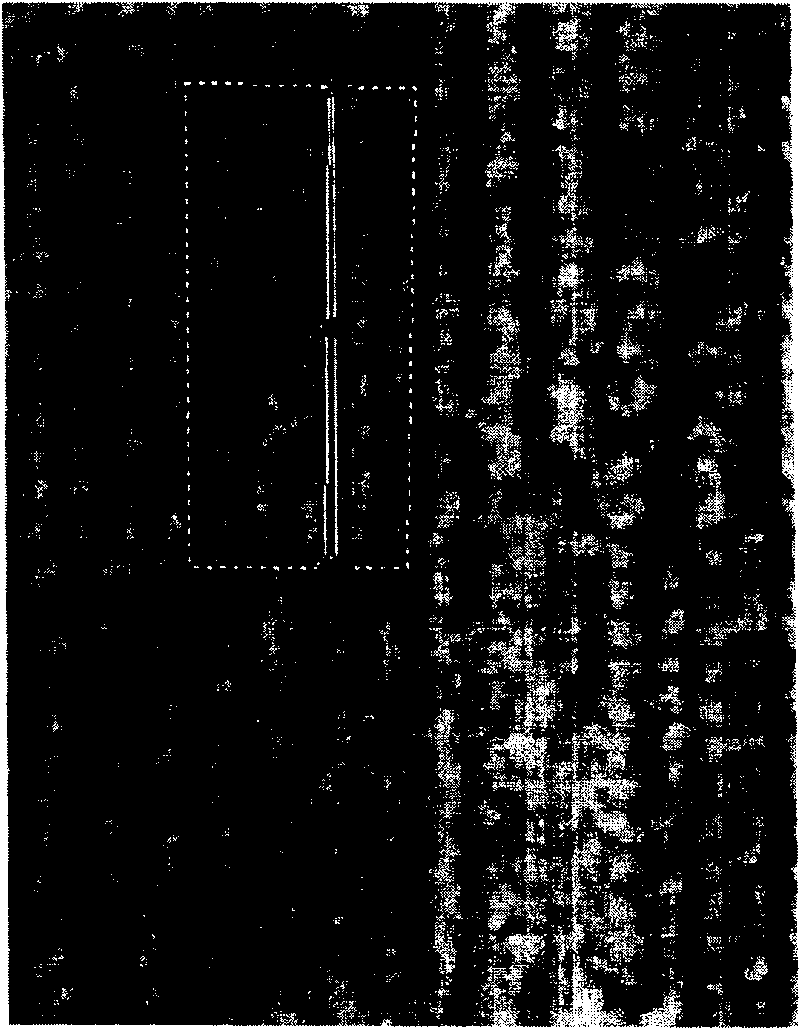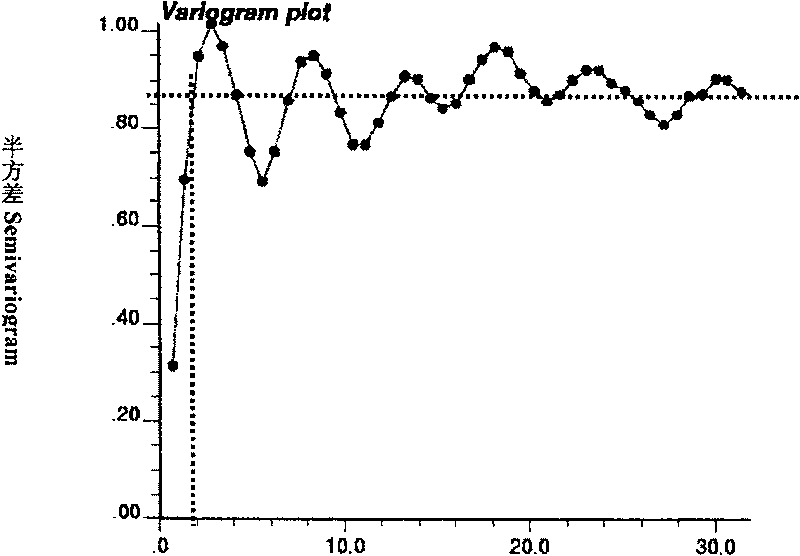Canopy spatial statistics quantitative estimation method based on remote sensing image with fine spatial resolution
A high-spatial-resolution, remote-sensing image technology, applied in the field of forest canopy quantitative estimation
- Summary
- Abstract
- Description
- Claims
- Application Information
AI Technical Summary
Problems solved by technology
Method used
Image
Examples
Embodiment Construction
[0034] The specific steps of a typical embodiment of the present invention are as follows:
[0035] 1) Data acquisition:
[0036] (A) Image data acquisition: Obtain high spatial resolution remote sensing images of forest stands in the growing season (spatial resolution should be better than 2.5m), which can be aerial charge-coupled device image sensor (CCD) digital images, satellite images such as fast Quickbird panchromatic, IKNOS panchromatic, SPOT5 panchromatic and other image data;
[0037] (B) Digitized 1:10,000 topographic map;
[0038] (C) Digital forestry map;
[0039] (D) Field differential global positioning system (GPS) high-precision control point data, etc.
[0040] 2) Remote sensing image preprocessing:
[0041]Using the 1:10,000 digital topographic map, combined with the high-precision GPS control point data in the field, the obtained high-spatial-resolution remote sensing images are orthorectified. The purpose of orthorectification is to correct the image ...
PUM
 Login to View More
Login to View More Abstract
Description
Claims
Application Information
 Login to View More
Login to View More - R&D
- Intellectual Property
- Life Sciences
- Materials
- Tech Scout
- Unparalleled Data Quality
- Higher Quality Content
- 60% Fewer Hallucinations
Browse by: Latest US Patents, China's latest patents, Technical Efficacy Thesaurus, Application Domain, Technology Topic, Popular Technical Reports.
© 2025 PatSnap. All rights reserved.Legal|Privacy policy|Modern Slavery Act Transparency Statement|Sitemap|About US| Contact US: help@patsnap.com



